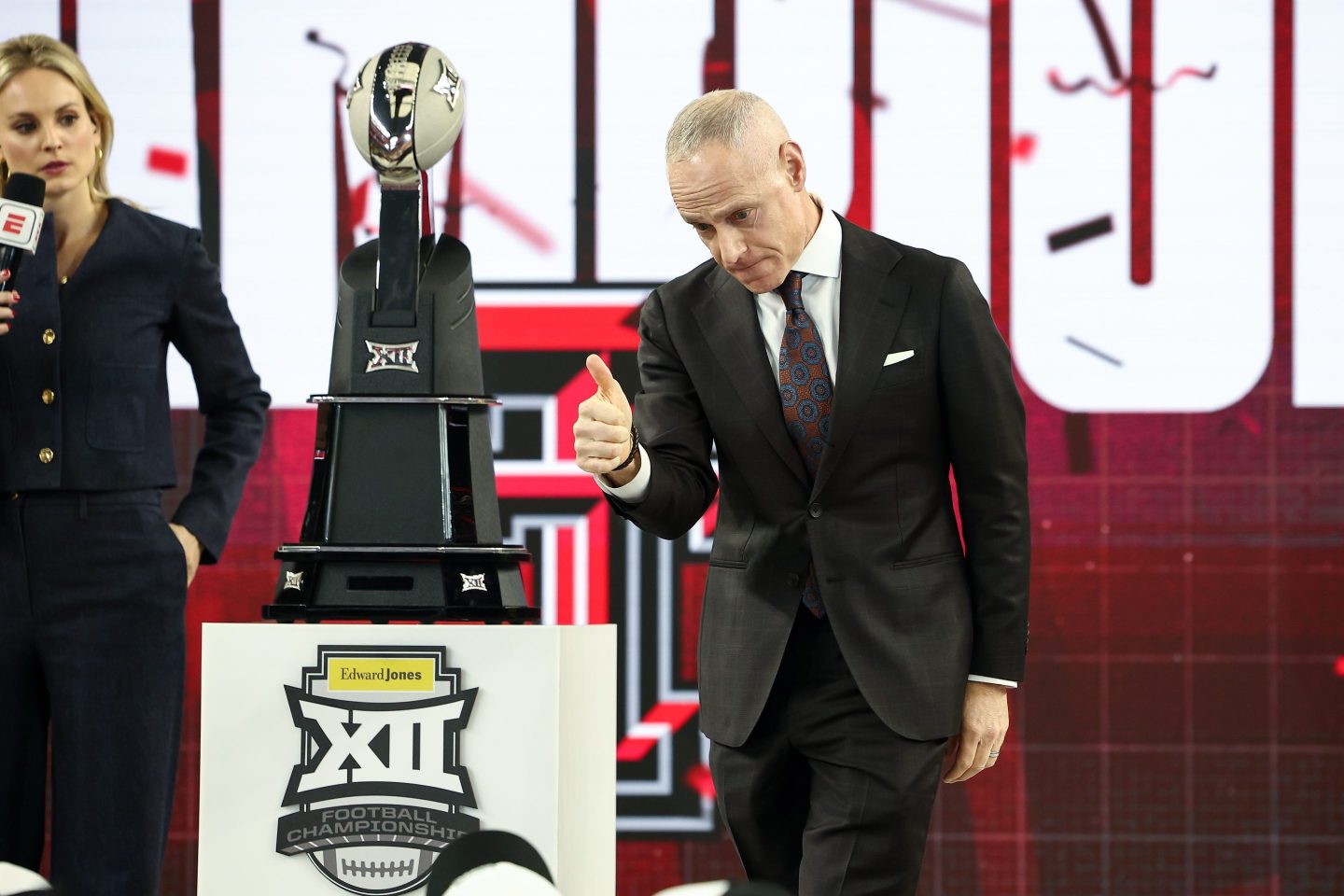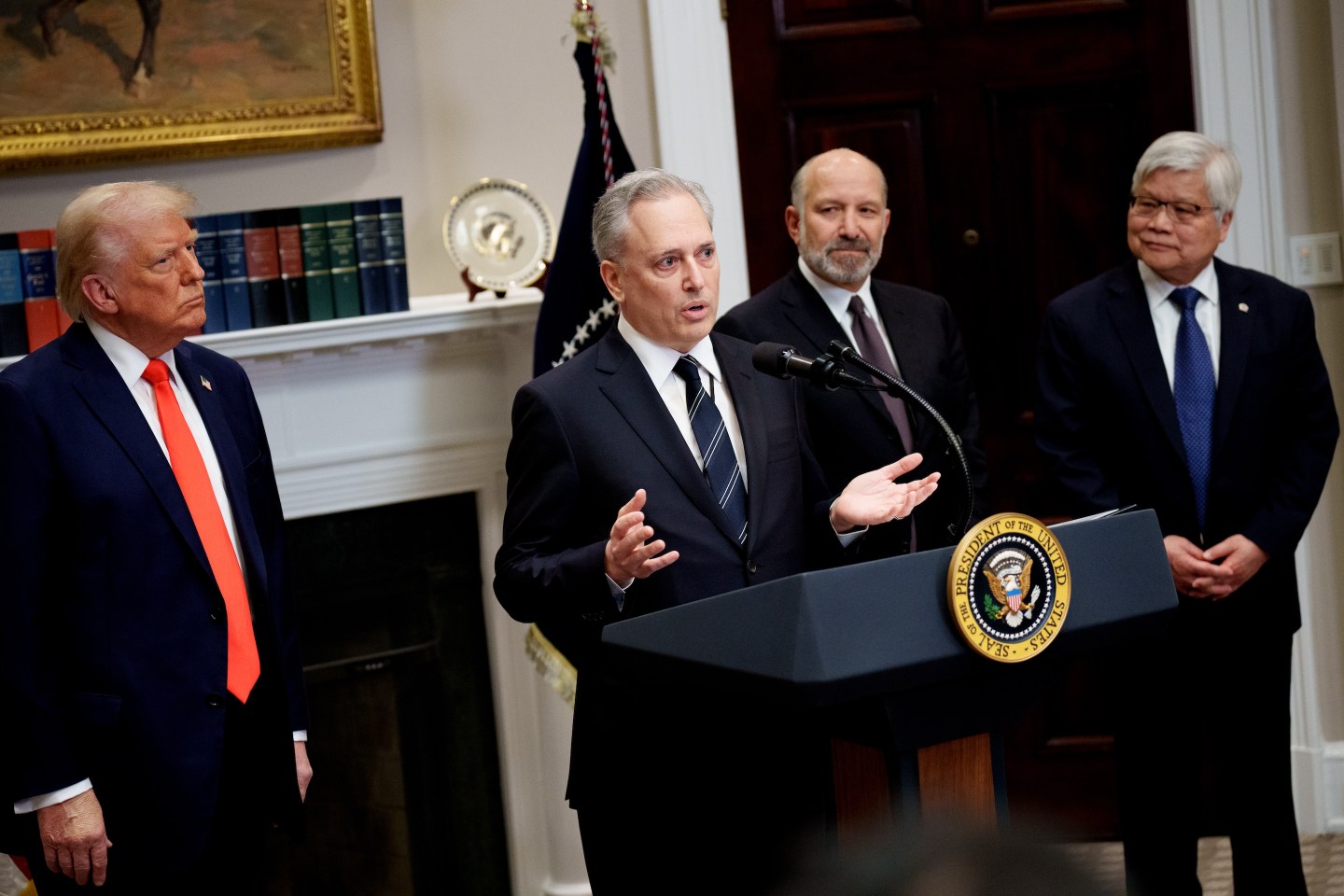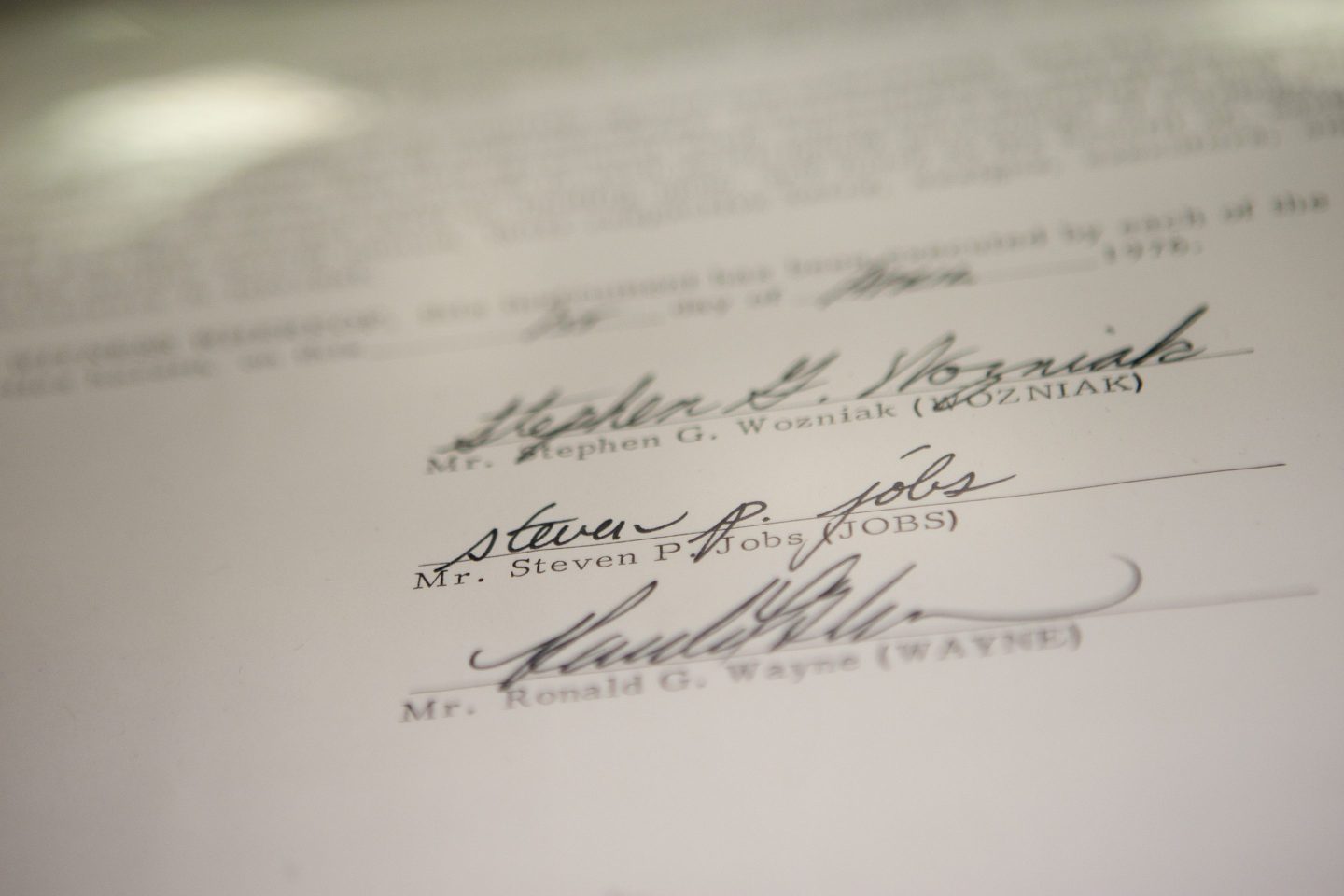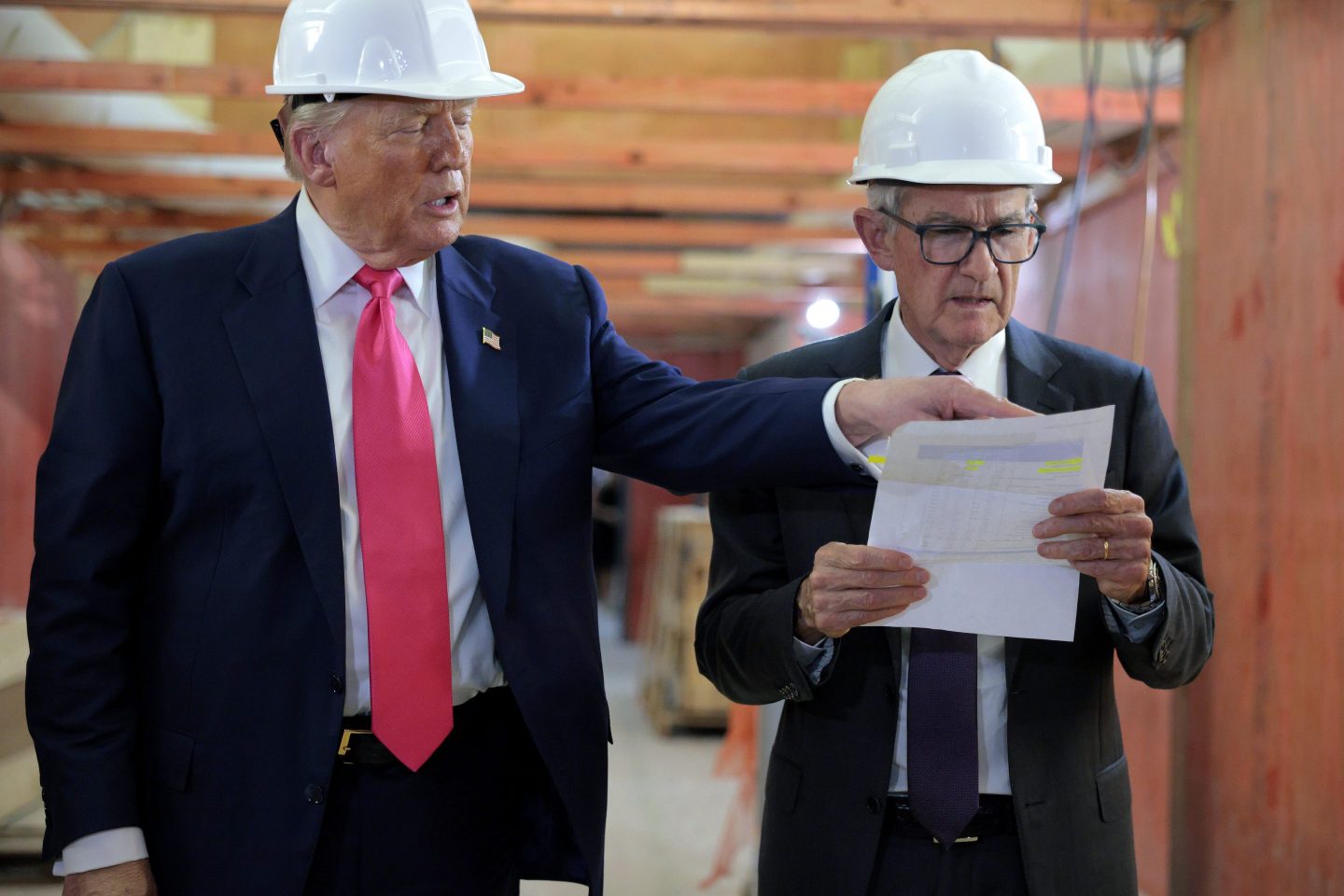In a series of ultra-enthusiastic tweets on Valentine’s Day, Bolt founder and CEO Ryan Breslow rhapsodized over a daring new pay plan he’s offering to the celebrated fintech startup’s 600-plus employees. Bolt, which specializes in online checkout technology, will provide loans for its workforce to purchase the underlying shares when they exercise their stock options—and Breslow is also shortening the vesting period so they can turn their grants into an ownership stake more quickly.
The plan harbors a laudable goal: sharing the company’s future success with as many as possible of the folks who make it happen. Breslow tempered his passion for the plan with a warning, tweeting that “There is a risk to the employee; they now have a real loan outstanding and 100% personal recourse, so if the common stock becomes [worth] less than the exercise price, their personal assets are on the hook.”
What Breslow responsibly noted could go wrong did go wrong in a big way two decades ago, adding another scandalous chapter to a disastrous corporate melodrama. It’s the cautionary case of famously failed Conseco, another glamorous financial enterprise, led by one of the most flamboyant founders of the era, that instituted and touted what looked like a well-intended company-loans-for-shares program. When Conseco’s stock collapsed, the recipients got stuck owing hundreds of millions of dollars they couldn’t repay, forcing creditors to swallow the bill.
The fiasco set the company and the managers who built it at each others’ throats, unleashing acrimonious suits and countersuits, sending teams of private investigators hounding borrowers’ wives kids to grab hidden assets, and forcing a sheriff’s sale of one of America’s biggest, splashiest mansions.
We’re unlikely to see another Conseco or anything like it at Bolt, and the plan could well succeed. Still, Breslow should heed the scary Conseco precedent. In Conseco’s case, a bunch of once-rich executives and big creditors took the hit. For Bolt, it’s thousands of day-to-day employees with mortgages, children in college, and tight budgets who risk losing their savings or worse. Employees could reap a big upside. But as the Conseco tale shows, they could also get sold on a flier too far.
The empire Steve Hilbert built
The flamboyant dealmaker who built Conseco was Steve Hilbert, a college dropout and one-time door-to-door encyclopedia salesman. At one point, Hilbert filed for personal bankruptcy, declaring $50 in cash and a Ford Granada as his only assets.
While hawking life insurance, Hilbert brilliantly recognized that the major carriers were mostly ignoring a big and potentially lucrative slice of the market: coverage for blue collar folks such as farmers and factory workers. In 1979, using a $10,000 loan from his maintenance-man father, he founded Conseco to target those overlooked customers, and went on a gigantic acquisitions spree, purchasing well over 40 insurers across the nation. Hilbert branched into underwriting long-term care policies, creating America’s third-largest player in the field. By the time Conseco’s stock hit its peak in 1997, the company boasted a market cap of $19 billion. Over the 12 years from its IPO in 1985, it delivered shareholders astonishing returns of 9,000%.
Hilbert’s lifestyle ranked among the most lavish of any CEO in America. He sported Savile Row double-breasted suits accented by silk pocket squares. His marquee roster of friends included Gene Hackman, race-car driver A.J. Foyt, and Donald Trump, with whom he bought the GM Building in New York, as well as a riverboat casino. His 23,000-square-foot Georgian mansion, set on 33 acres near company headquarters in Carmel, Ind., featured a replica of the University of Indiana’s hallowed basketball arena Assembly Hall—sans bleachers, of course, but including the full scoreboard. The Indiana Pacers played at the Conseco Fieldhouse. The sports fanatic doubled as a patron of the arts. The Hilbert Circle Theatre was home to the Indianapolis Symphony Orchestra.
In Hilbert’s mansion, visitors were greeted by two murals, hand-painted by neoclassical artists, depicting the courtship of Antony and Cleopatra. The walls of the towering cupola featured scenes from the triumphs of Alexander the Great. When this writer interviewed Hilbert as Conseco struggled in 1999, he identified Alexander as one of his favorite historical figures, marveling that his idol “certainly did a lot at a young age.” Festooning the bedrooms were ornate landscapes and curvaceous nudes courtesy of 18th century French Rococo masters Fragonard, Watteau, and Boucher.
Legend has it that Hilbert met his sixth wife, Tomisue, a one-time exotic dancer, when she popped out of a “wedding cake” at the bachelor party for one of his stepsons. When I asked Hilbert if the oft-reported tale was true, he replied, “It makes a nice story. But it’s a myth.” Two jumbo jets ferried guests to Tomisue’s 30th birthday bash in Martinique. She became friendly with the model who was Trump’s girlfriend at the time, and was soon enthralled by her new pal’s photo-shoots. Tomisue recreated the identical tableaus down to the furniture and costumes for her own sessions, making herself the star. The cover of a local magazine displayed the smiling pair under the headline, “Who says Money Can’t Buy Happiness?”
By the way, in my own encounters with Hilbert, I could see why he proved such a great salesman. He was always genial and forthcoming, and beloved by the employees high and low to whom I spoke.
The disastrous company-loan-for-stock plan
As Conseco’s stock bounded to new high after high, its board instituted a highly unusual program to furnish its brass the funds to greatly swell their share holdings. In April 1996, Conseco adopted the “Director, Executive, and Senior Officer Stock Purchase Plan.” Under the arrangement, a bank made loans for purchasing Conseco shares available to a group of all directors and high-ranking executives, numbering 22 insiders in all. Conseco guaranteed repayment on their behalf.
But the plan also stipulated that the borrowers were personally liable for the borrowings. In a catastrophe—a bankruptcy, for example—where the stock tanked so the collateral became worthless or almost worthless, the insiders would have to repay the loans from their own assets. If they couldn’t pay, Conseco would pay for them to satisfy the company’s guarantee that made the credits possible. But Conseco could then take their homes and empty their bank accounts to get its money back. In the spring of 1996, that prospect looked remote. At that point, Conseco’s annual proxy statement disclosed that the board had awarded $83 million in stock purchase loans, and they were “in the money” by a comfortable $60 million. The plan appeared to be working for everyone.
But those early credits were just the start. Over the next three years, Conseco grew the program to an incredible $576 million in outstanding loans. That figure didn’t include a second lending program that paid interest for the execs. By 1999, Hilbert alone had borrowed $163 million, and his CFO had tapped the program for $71 million.
By then, Conseco was unraveling. The trigger was Hilbert’s disastrous acquisition of Green Tree Financial in 1998. Green Tree enthralled Hilbert because it served the same down-home customer base as Conseco. Yet the finance outfit and the insurer offered totally different products that promised no synergies. Plus, Green Tree, later renamed Conseco Finance, was already in trouble when Hilbert made the deal. Mortgage rates were falling, and big competitors such as Nationwide were raiding its customers, offering them new loans at, say, 11% when Green Tree was charging 13%. Green Tree’s prepayments soared, hammering its profits. Yet Hilbert paid a king’s ransom of over $7.6 billion for the struggling lender, more than seven times its book value.
Conseco collapses, Hilbert and the brass can’t pay
The Green Tree deal pummeled Conseco’s stock. By April of 2002, the board forced Hilbert to leave. Two big names thought they could save the insurer, and failed. Gary Wendt, former chief of GE Capital, took charge, and famed investment firm Thomas H. Lee injected $500 million, betting that given enough liquidity, Conseco would thrive again. Hilbert was a true believer to the end. He kept buying Conseco stock even after leaving. As late at mid-2002, he was amassing options. “That’s how dumb I was,” he declared in an interview. At the close of that year, Conseco filed for bankruptcy—at the time, the third largest bankruptcy in U.S. history after Enron and WorldCom. (The company emerged from Chapter 11 in 2003. Its successor is mid-sized insurer CNO Financial Group. Its market cap: $3 billion.)
Following the bankruptcy, Hilbert’s stock was worthless, yet he’d borrowed a stunning $225 million through the share purchase programs. Hence, his collateral went to zero. Yet Conseco’s creditors were obligated to repay the bank that made the loans. After obtaining delays and making partial payments, Hilbert reversed course, claiming he didn’t owe the money at all because a “change in control” provision canceled the debt, an argument he’d never summoned before. Meanwhile, he placed tens of millions in assets in the names of his kids and Tomisue, and accused private eyes hired by Conseco of “harassing me, my wife, and children.” Finally in 2006, Hilbert reached a settlement with Conseco’s lenders and new shareholders, paying a portion of the debt. His CFO and several other beneficiaries also made deals by handing over houses, paintings, and other assets. In 2010, his French-style chateau that once blended rococo masterpieces and a shrine to Hoosier basketball, once valued at $25 million, sold at a sheriff’s auction for $3 million.

Hilbert now runs a small private life insurance company. The theatre housing the Indianapolis Symphony Orchestra still bears his name. He attends Indiana Pacers games at the home court he recreated on his estate. But while this once-hugely successful figure has faded from view, the lessons from Conseco’s ill-conceived pay plan should be front-and-center now that Bolt, and potentially some followers, are following its lead. These companies, after all, are proposing programs that could ruin employees’ lives if their fortunes go south.
It’s hard to feel sorry for Conseco’s leaders, who played such a pivotal role in the failures that also sunk their always-dangerous pay arrangement. The chances Bolt’s rank-in-file employees will lose their houses and spend years in court are remote. But that remote chance is enough to brand Breslow’s plan as a bad plan. Go with regular options, Ryan. They don’t offer the same potentially huge payout, but they’re a heck of a lot safer. Just ask Steve Hilbert.
Never miss a story: Follow your favorite topics and authors to get a personalized email with the journalism that matters most to you.












